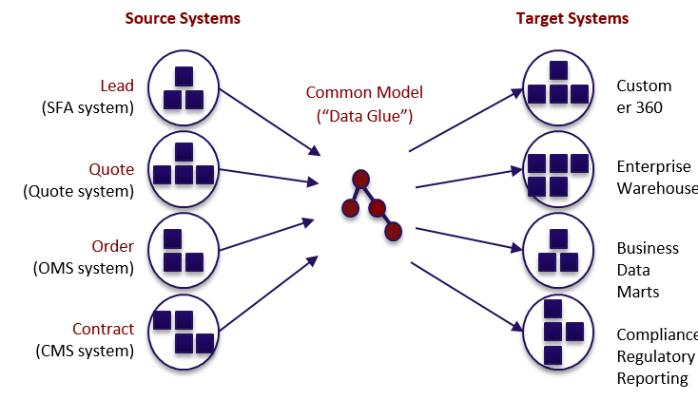Data Integration up to 90% Faster and Cheaper by Marty Loughlin.
From the post:
…A powerful new approach to addressing this challenge involves using semantic web technology as the “data glue” to guide integration and dramatically simplify the process. There are several key components to this approach:
- Using semantic models to describe data in standard business terms (e.g., FIBO, CDISC, existing enterprise model etc.)
- Mapping source and target data to the semantic model instead of directly from source to target
- Combining these maps as needed to create end-to-end semantic descriptions of ETL jobs
- Automatically generating ETL code from the semantic descriptions for leading ETL tools (e.g., Informatica and Pentaho)
There are significant benefits to this approach:
- Data integration can be done by business analysts with minimal IT involvement
- Adding a new source or target only requires an expert in that system to map to the common model as all maps are reusable
- The time and cost do an integration project can be reduced up to 90%
- Projects can be repurposed to a new ETL tool with the click of a mouse
- The semantic model that describes that data, sources, maps and transformation is always up-to-date and can be queried for data meaning and lineage
The mapping of the source and target data to a semantic model is one use for a topic map. The topic map itself is then a data store to be queried using the source or target data models.
The primary differences (there are others) between topic maps and “data glue” is that topic maps don’t necessarily use MS Excel spreadsheets and aren’t called “data glue.”
I do appreciate Cambridge Semantics determining that a topic map-like mapping approach can save 90% on data integration projects.
That sounds a bit optimistic but marketing literature is always optimistic.
